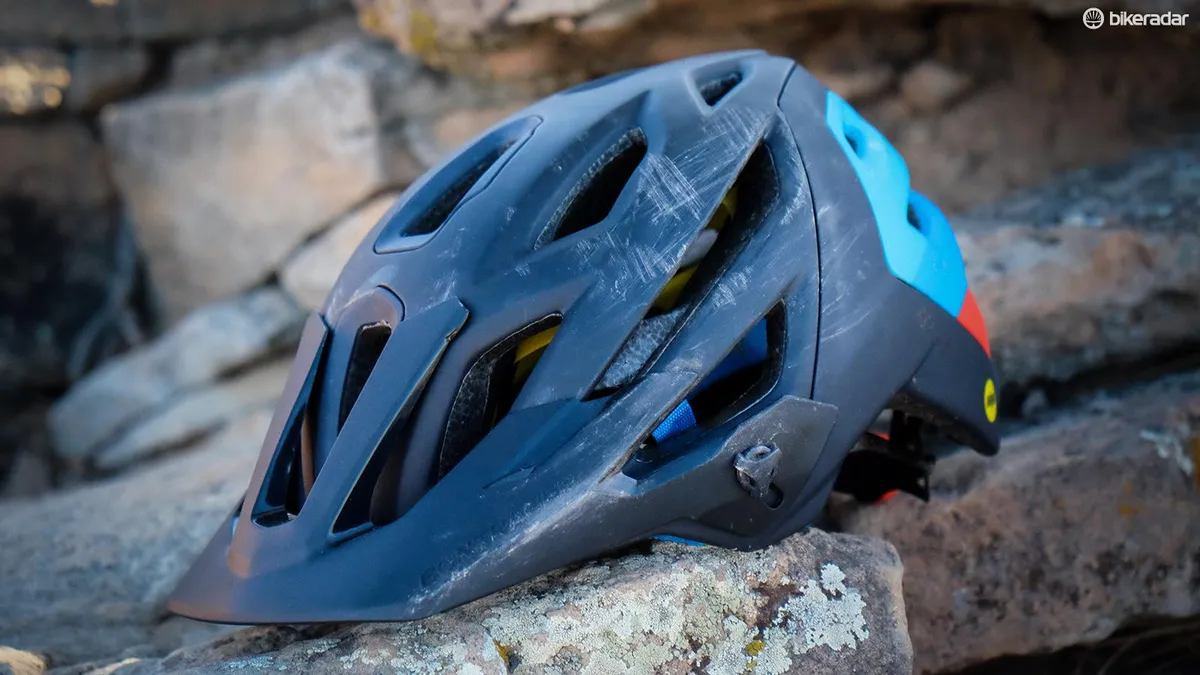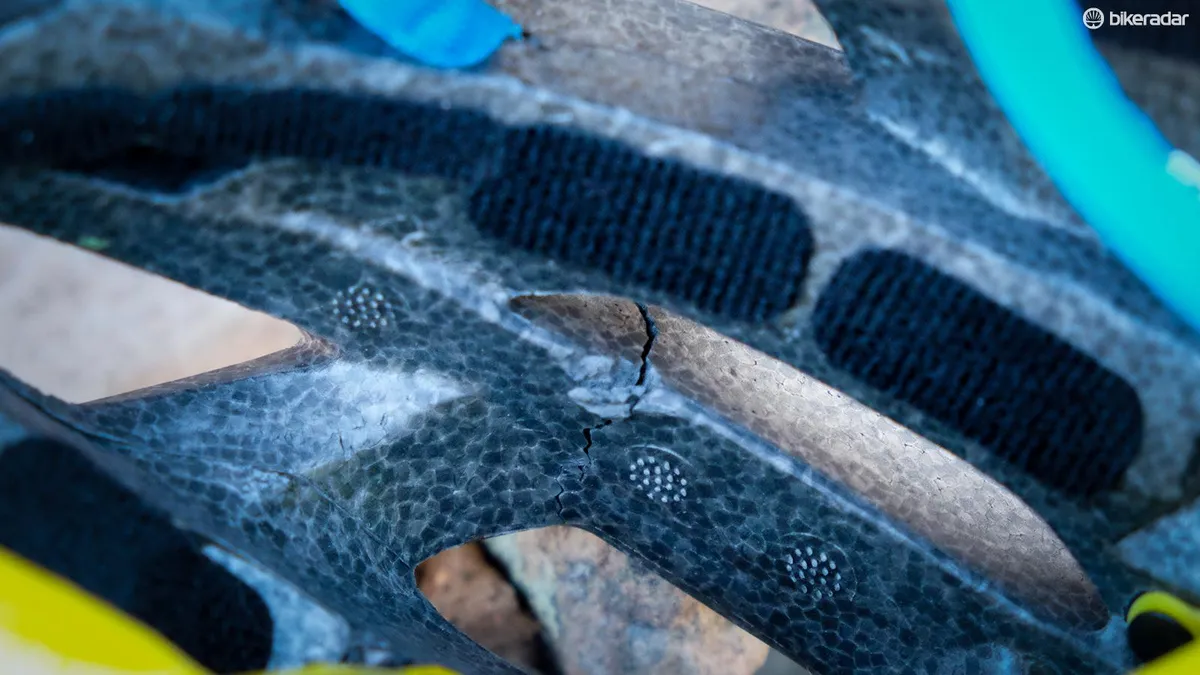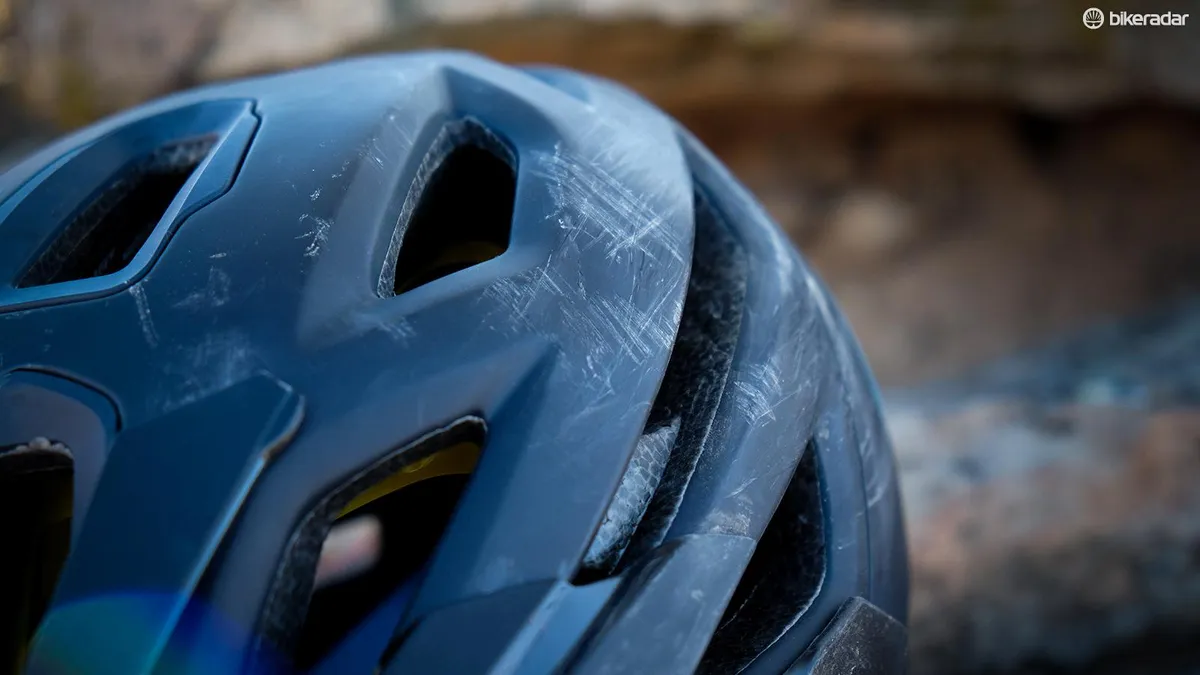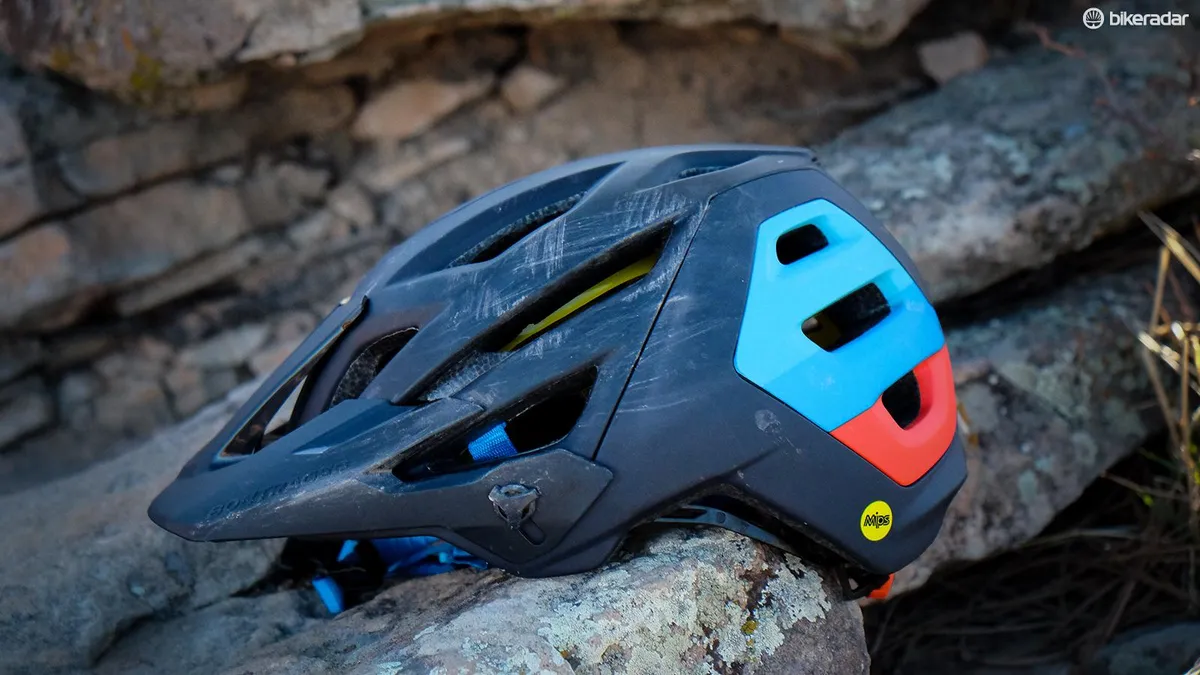Crashing is part of riding. Every now and then we hit the ground and are reminded of how important that plastic-covered, foam-filled bowl we wear on our noggins really is.
I recently took a tumble that I was lucky to walk away from. After I shook the dirt from my clothes and blinked away the stars twinkling in front of my eyes I removed my helmet. It was dented, cracked and ruined. It had done its job and clearly needed to be replaced. But spotting the signs of a helmet that has exceeded its useful lifespan is not always so obvious.
Read on to learn how to spot the signs of a worn out helmet, as well as how to care for your helmet to get the most out of your investment.
Form and function

Helmets are something many riders (myself included) choose to purchase based as much on fashion as function. It’s easy to do so when many helmets are rated to the same safety standards — not to mention the fact that many technologies intended to make helmets safer can't actually make claims of improving safety.
If you feel any dents, indentations or gouges, it’s time for a replacement
The numerous bicycle helmet safety standards have very little correlation to price. Very rarely are you buying more protection; you’re paying for the same level of protection in a lighter, better-ventilated package.
Essentially, you’re paying for the additional engineering know-how required to make a helmet with larger/more numerous vents dissipate impacts to the same degree with less material.
I recommend viewing a helmet purchase in much the same way as a tire or other “disposable” components: buy the best you can afford, knowing you’ll be replacing it in the near future.
Signs it's time for a new helmet
Rob Wesson, senior director of R&D at Giro, says there are a few ways to know your helmet may need to be replaced.
According to Wesson, the fact there may not be any visible damage following an impact is not the best indicator. And while there are technologies, such as ICEdot, that can alert riders to the force of an impact, the best rule of thumb is to replace your lid after any big hit.
“If you crash hard enough so that either you received a concussion or you experienced a sub-concussive impact — your head hurts, you need to stop activity or you’re looking for Advil — then you should replace the helmet. Period,” says Wesson.
Thankfully, accidents like these are generally few and far between for most riders. It’s the smaller impacts that can be harder to judge.

Most helmets use EPS foam to distribute the force of an impact. EPS foam is inexpensive, light and can be molded into almost any shape, making it the material of choice for the vast majority of bicycle helmets.
“When EPS is impacted, it crushes and doesn’t return to its original shape,” said Wesson. “If you are wearing a lightweight, in-mold helmet and you impact it at a certain location, you could reduce the thickness from say 25mm to 22mm. Depending on what you hit, it could be difficult to tell that it is now 3mm less thick in this area. If you were to fall again on this same location, you now only have 22mm of EPS. This could be the difference between getting a concussion and not getting one.”
The first step to finding these smaller signs of an impact comes with knowing your helmet. Take a close look at the interior and exterior of your helmet when you first purchase it. Inspect it in a similar fashion every couple of rides by running your fingers over the exterior and interior of the helmet. If you feel any dents, indentations or gouges, it’s time for a replacement.
Preventive care
Whether you spend a lot or a little on a new helmet, a bit of knowledge will go a long way to getting the most out of your purchase. Wesson recommends replacing your helmet after three years of use. He notes that this is not a hard and fast rule, and that regular inspections are your best guide.

Drastic changes in temperature and excessive exposure to UV light can degrade EPS foam, causing it to harden and become brittle. Don’t store your helmet in your car and keep it out of direct sunlight when not in use.
According to Wesson, helmets (and plastics in general) do not play well with a number of solvents and other compounds. Stay away from products that have ingredients that end in –ane, -ene, -ine, -one or -ide. Keep your helmet out of harm's way when applying spray-on sunscreens or bug spray, as both often have some mixture of these ingredients in them.
Last but not least, human sweat can be quite corrosive and will break down EPS foam over time. There’s no getting around this, but you can delay the inevitable by washing your helmet on a regular basis.
Many years ago I came across a magazine article that suggested taking a shower with your helmet on every now and again to clean it. While effective, hand-washing your helmet with mild dish soap works just as well and will allow you to inspect it for damage while you clean it. It also won't make non-cycling roommates and significant others question your sanity.

